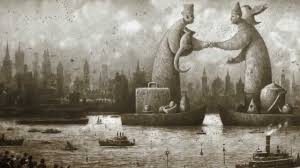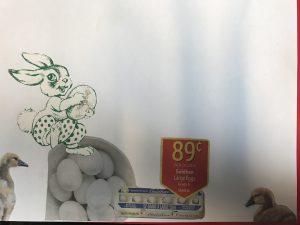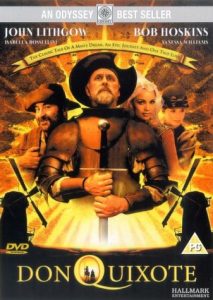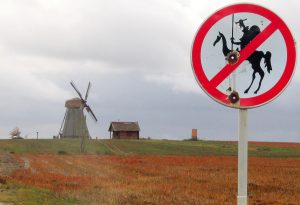‘The Arrivals’ for me is a really interesting illustration book not only because of its focuses on immigrations and family structure, but because of its application of imaginary beings into the human world.
For graph 1, the two men standing on boats with all their belongings aside. The left man looks more like a western figure due to his hat, suitcase and the British teapot, while the right man looks more like a Eastern figure with his little triangle hat, the Chinese teapot and the pigeon on his shoulder symbolizing peace and friendship. The conflict and encounter of these two cultures and the way they shake hands are an indication: the place where the protagonist moves to is a place full with immigrations. It also shows the protagonist’s high expectations on his future life in this strange city.
For graph 2, it is the bird-eye view of the whole city. The whole image is set in a peaceful tone. Besides the different languages it uses and the status of the creature holding an egg, it looks like any industrialized city in western countries: the smokes, the cross on the top of the church, and the crowded constructions. The status of the creature can be a sign of development and protection from god. The wings are like those of an angel and the egg could symbolize protection or baby Jesus.
For graph 3, however, the theme is totally different. It includes fear, power and catastrophe. The creature that should be the symbol of the theme turns out to be human beings ourselves. It also reminds me of Nazi and their chemical poisons.
I really love the way Shaun Tan uses creatures to represent humans’ society. What do you guys think?









